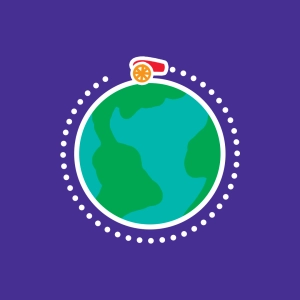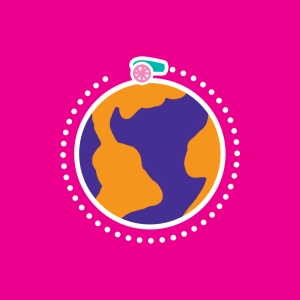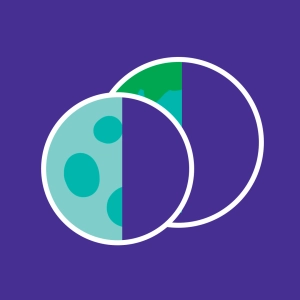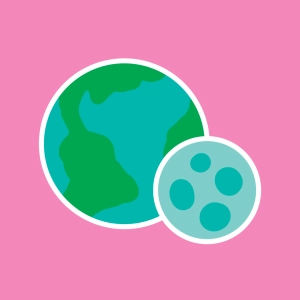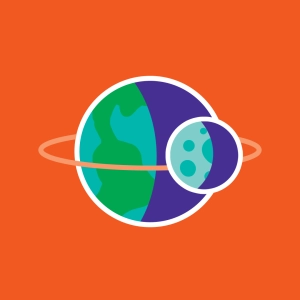 Earth-Moon system #1
Earth-Moon system #1
Learning objectives
- To illustrate the synchronous orbit of the moon and to explain why we always see the same side.
- To understand the cycle of the moon’s phases.
- To illustrate the Earth / Moon system dynamic.
- To distinguish between revolution and rotation.
This movie highlights the dynamic of the Earth - Moon system. You can use it to illustrate the moon phases (~28 days) and its synchronous orbit.
Note that the side of the Moon facing the Earth is always the same one. We say that its orbit is synchronous.
Note that everything is not to scale in this animation. See the animation “Eclipses” to observe those phenomena.
Click on {pause} to stop the movie and show the Moon the way we see it from the Earth.

Discover EduMedia for free
The interactive encyclopedia that brings science and math to life in the classroom.
Over 1,000 resources

